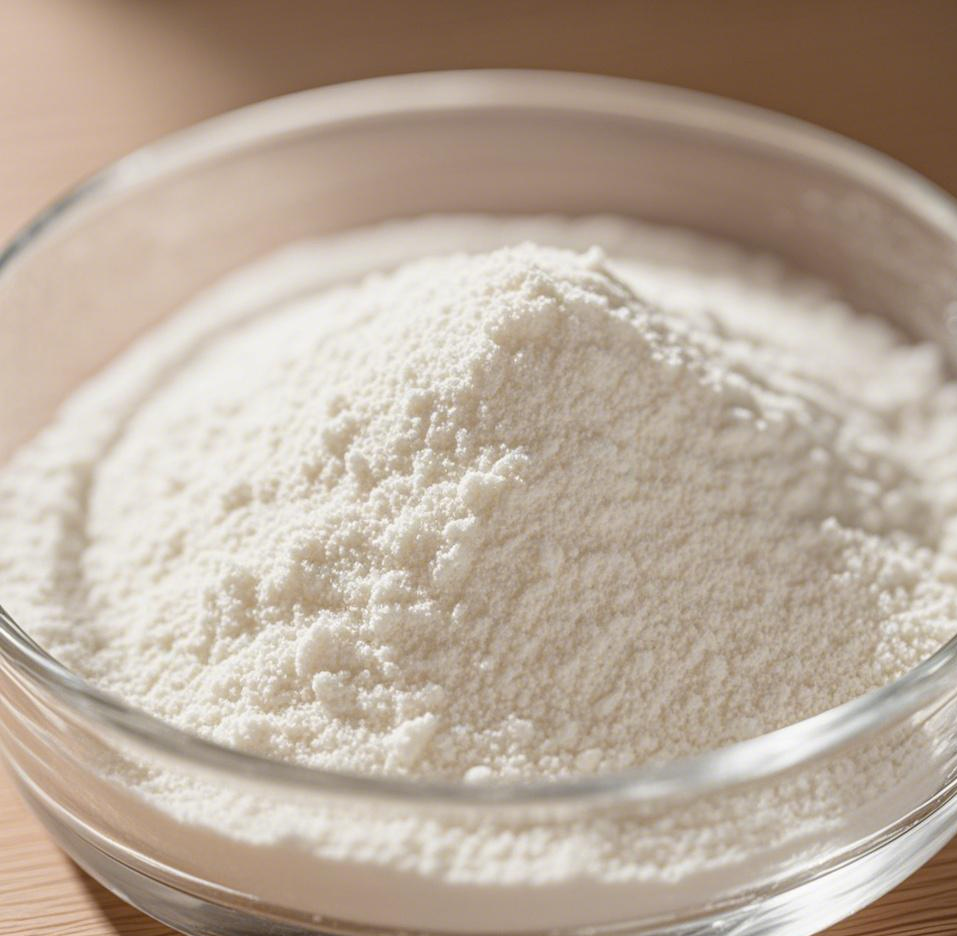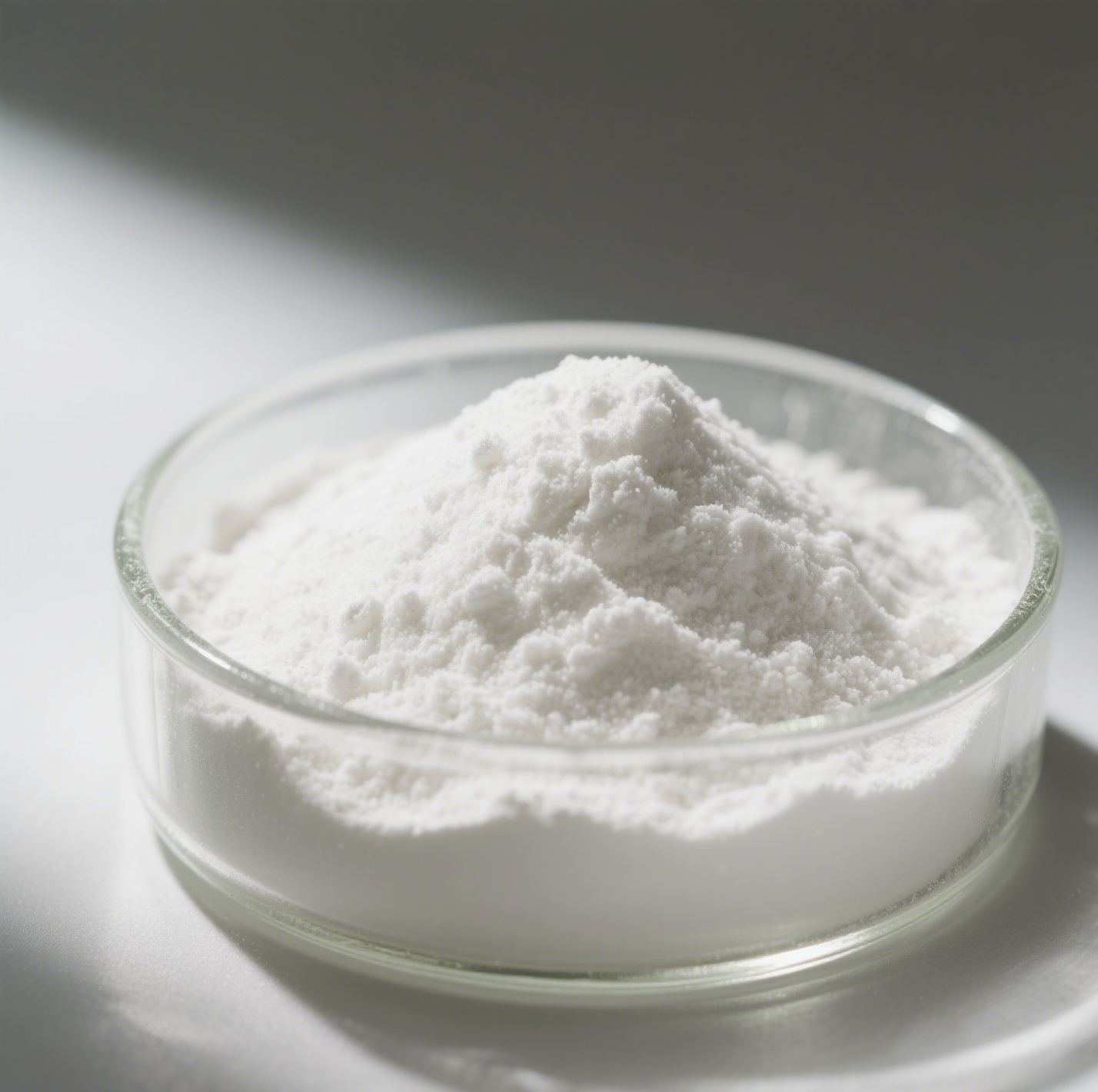maltodextrin food additive
Maltodextrin is a versatile food additive derived from starch through partial hydrolysis, resulting in a white powder that serves multiple functions in food processing. This complex carbohydrate consists of glucose units linked in chains of varying lengths, offering unique technological properties that make it invaluable in modern food production. As a food ingredient, maltodextrin functions primarily as a thickener, filler, and texture enhancer. It dissolves easily in both hot and cold liquids, providing excellent stability and consistent viscosity in various food applications. The additive is particularly notable for its ability to act as a binding agent, helping to improve the texture and mouthfeel of processed foods while extending shelf life. In sports nutrition, maltodextrin serves as a rapid energy source, being quickly absorbed by the body. Food manufacturers widely use it in instant puddings, sauces, salad dressings, and dried soup mixes, where it helps achieve desired consistency and prevents ingredient separation. Additionally, maltodextrin plays a crucial role in the production of powder beverages, acting as a dispersing agent and providing bulk without adding excessive sweetness. Its neutral taste profile makes it an ideal carrier for flavors and colors in food products, while its high solubility ensures smooth incorporation into various food matrices.


